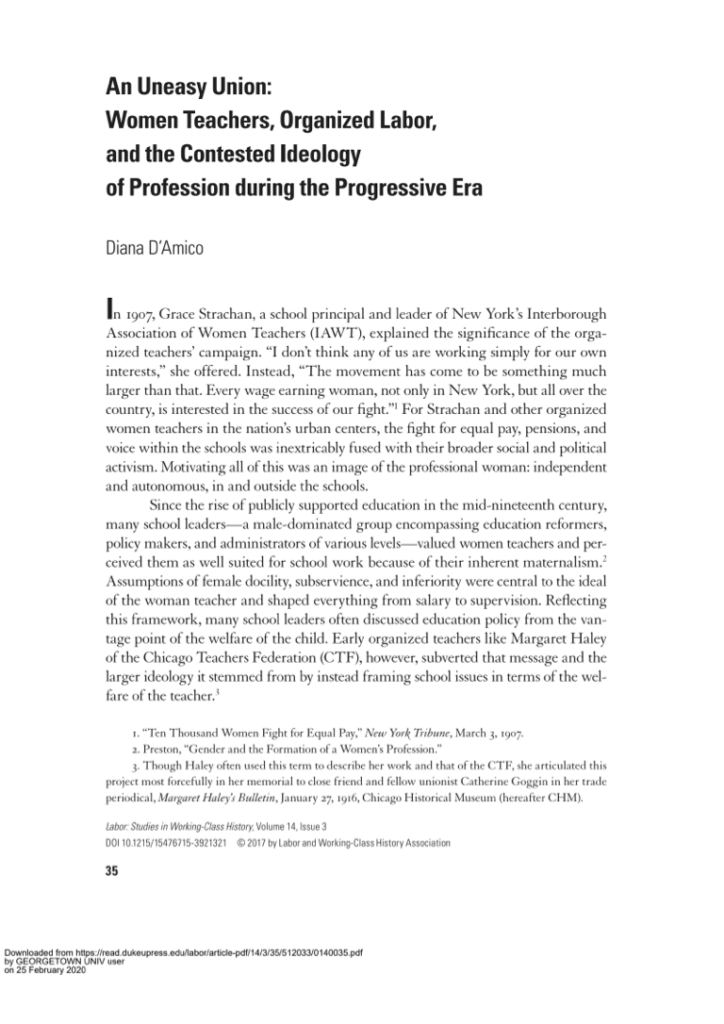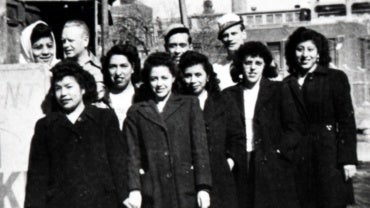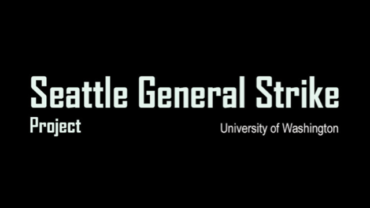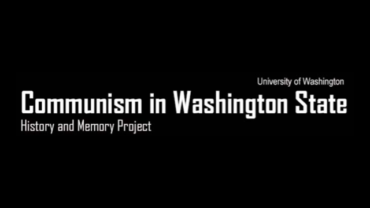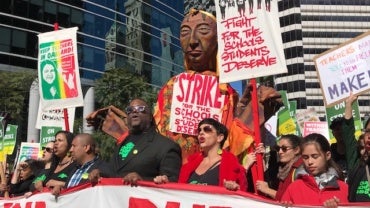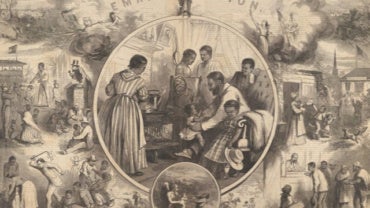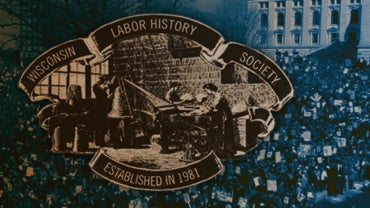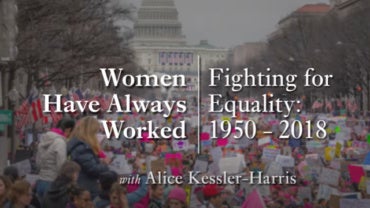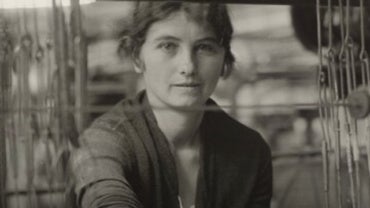ABSTRACT
In 1907, Grace Strachan, a school principal and leader of New York’s Interborough Association of Women Teachers (IAWT), explained the significance of the organized teachers’ campaign. “I don’t think any of us are working simply for our own interests,” she offered. Instead, “The movement has come to be something much larger than that. Every wage earning woman, not only in New York, but all over the country, is interested in the success of our fight.” For Strachan and other organized women teachers in the nation’s urban centers, the fight for equal pay, pensions, and voice within the schools was inextricably fused with their broader social and political activism. Motivating all of this was an image of the professional woman: independent and autonomous, in and outside the schools.
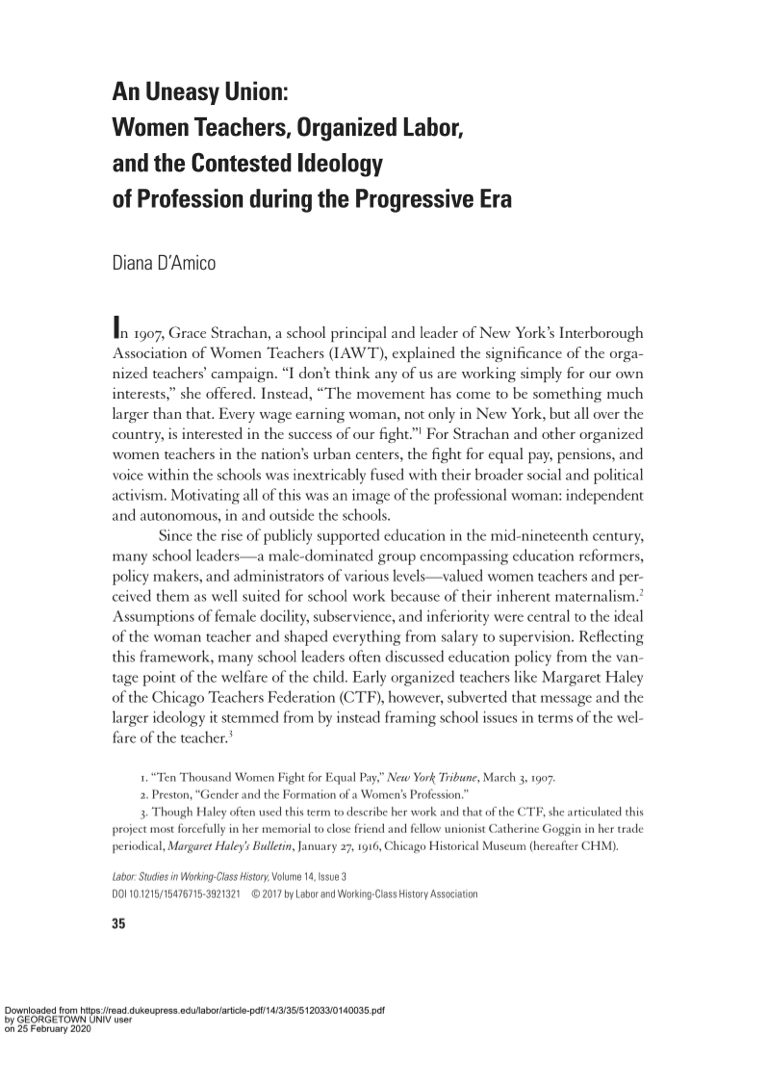
An Uneasy Union: Women Teachers, Organized Labor, and the Contested Ideology of Profession during the Progressive Era
History Media
In 1907, Grace Strachan, a school principal and leader of New York’s Interborough Association of Women Teachers (IAWT), explained the significance of the organized teachers’ campaign. “I don’t think any of us are working simply for our own interests,” she offered.
Date2017AuthorsDiana D’AmicoMain CollectionHistory MediaProjectWhen Teachers MobilizeSub ProjectWhen Teachers Mobilize Media CollectionsReferenceResearch CollectionsShare


